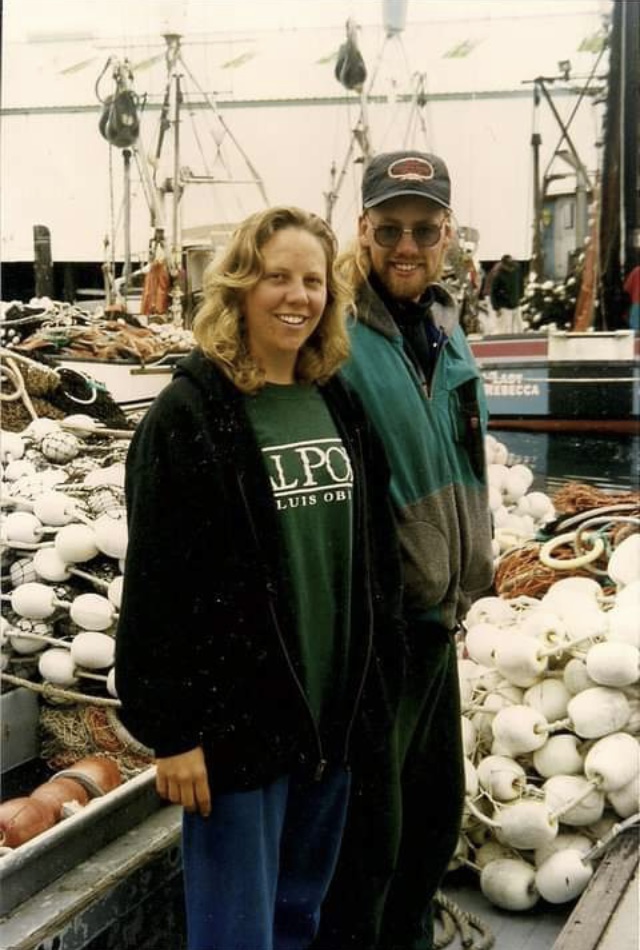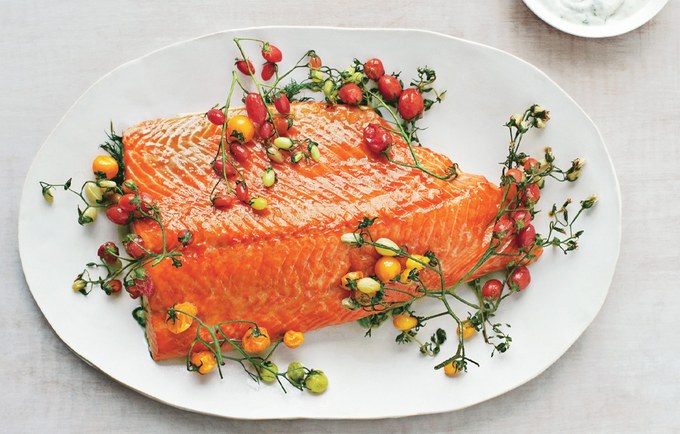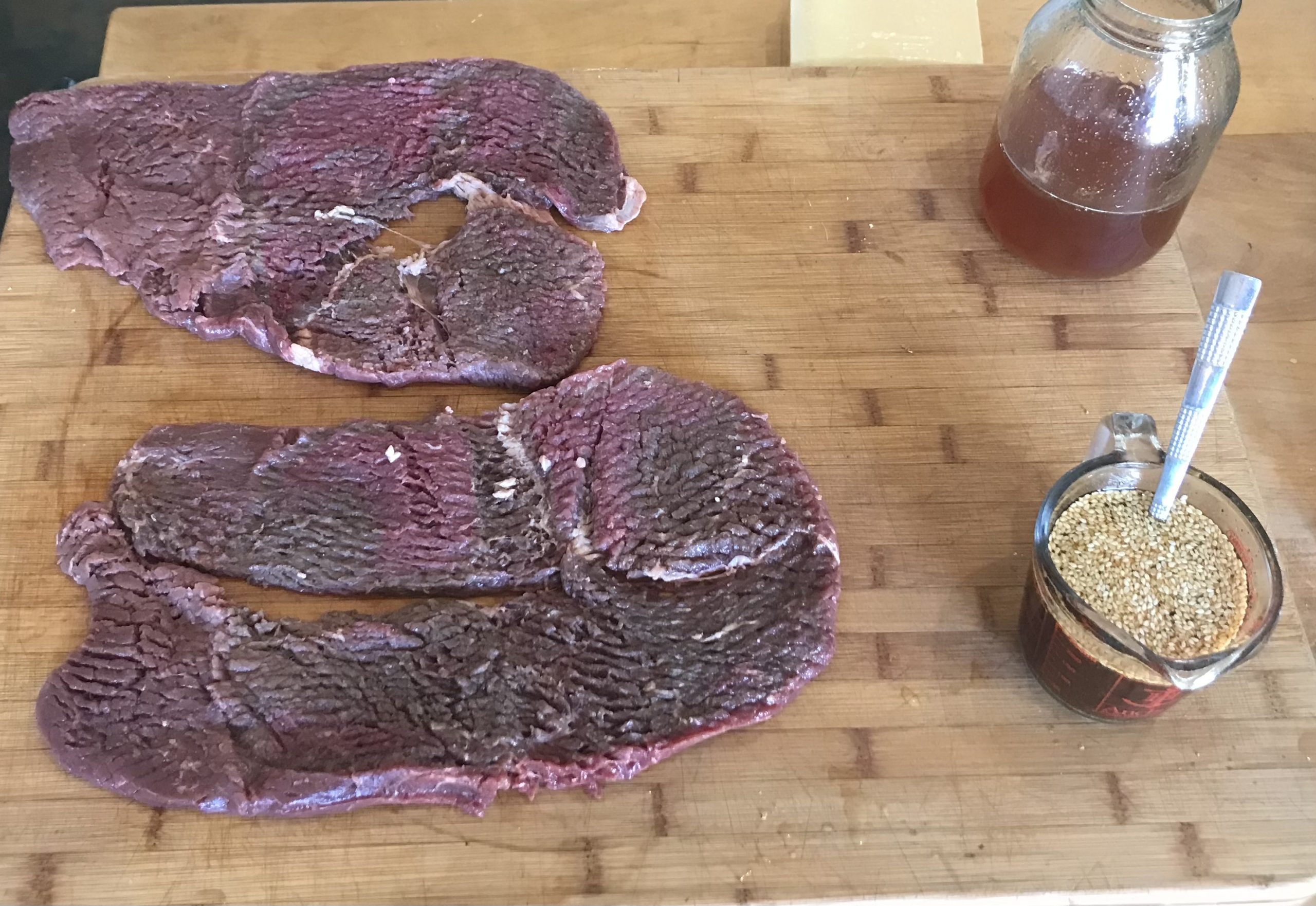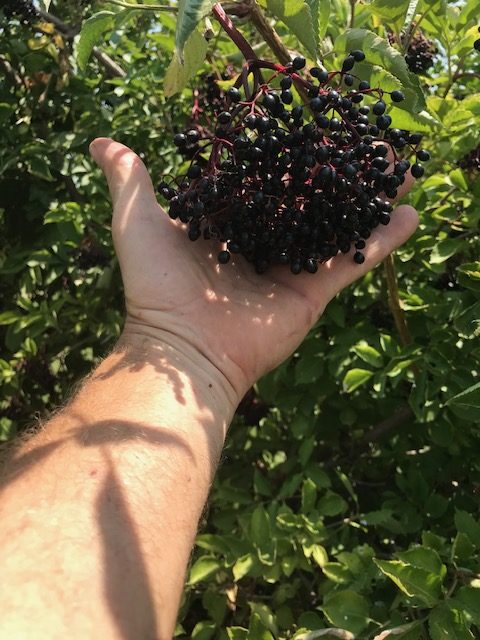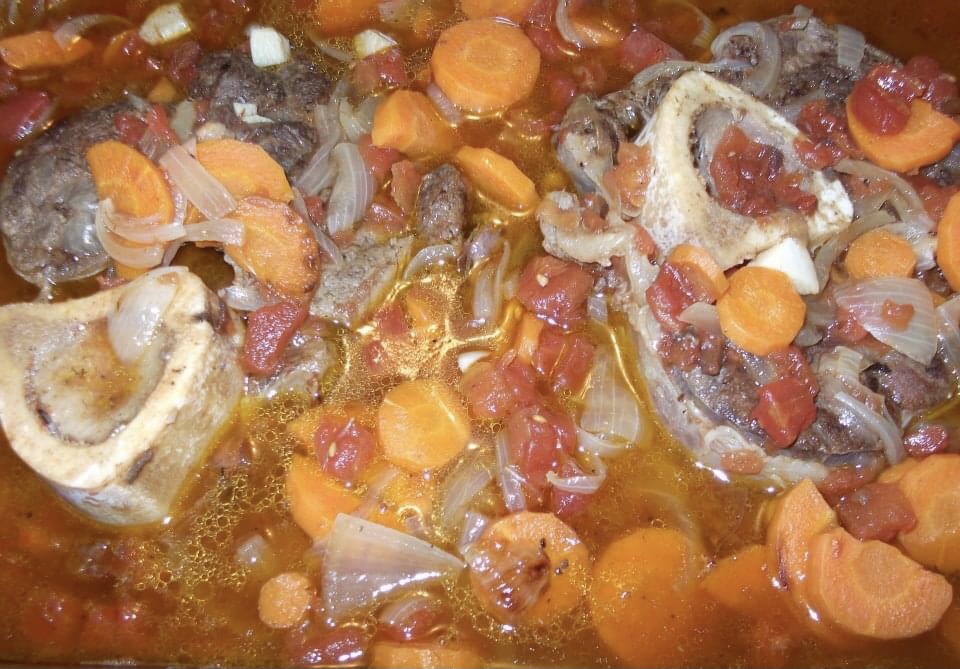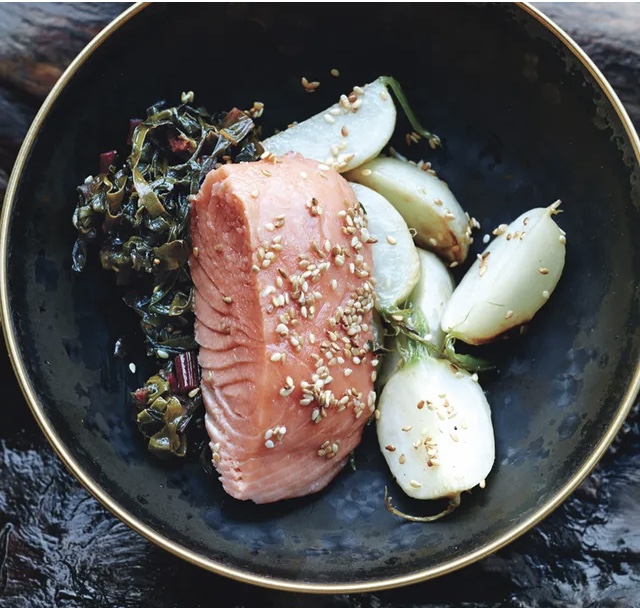The summer of 1997 Brenna and I signed a contract to work aboard the F/V Halcyon for captain Markus Abramson for 90 days. Home port was Alitak, Alaska on the southern tip of Kodiak Island. This part of the island has no trees, but tundra and beaches with set net cabins miles apart. The only access is still by boat or seaplane. The kind of place that reminds you of how small you really are.
We readied the 41 foot fiberglass vessel with fuel, water, provisions and a seine net for the traditional June 9th season opener and went to work on sockeye salmon. The prices paid to fishermen had been dropping for many years since the glory days of yesteryear (mid-late 1980s).
Fishermen all over Alaska were grumbling about striking for a fair price on humpies (pink salmon) mid-season.Canneries and buyers had posted a price of 5 cents a pound for pink salmon. The Kodiak Seiners Association was formed to address the issue around the island with communication to other groups around the state. Most of the Alaska salmon fishermen decided to strike for 5.5 cents which lasted for about a month. I don’t remember which side gave in. A dock full of 30 boats and crews with nothing to do all day in a remote part of the world created interesting opportunities. Hunting Sitka black-tailed deer occupied a few days. Learning cribbage took a week of tournaments to master with other captains and crew amongst the fleet.
Crew from the F/V Dolphin introduced us to an abandoned net loft where the community smoker and table tennis was stored. Being a long walk from the docks, smoking fish is a commitment of time away from the distractions and relative comfort of the boats. Tending the old wooden smoker while playing ping pong filled many days with staycation gratification. Kodiak red fox would tip toe by us, eager for a taste of cold smoked fish that trailed smoke across the bay for days on end. Salmonberries (Rubus spectabilis) were abundant, covering the hillsides. We snacked on the berries as we gathered them and brought plenty back to the boat for a fresh cobbler and pancakes.
That season was a total bust for money and a jackpot in experiences and relationships never to be repeated. After that, I knew I really wanted to become a commercial fisherman and I was able to buy my permit at the bottom of the market with no way but up for the next 20 years. “Hurry up and wait” boat life taught me patience and the power to be present, thanks to repetitive drudgery with moments fo sheer panic or conquest over the ocean.
A few weeks ago, my family presented me a table tennis set for Father’s Day. I had not thought of the early days in Alitak until I picked up a paddle to play with the family. Brenna still has a mean backhand and we’ve been tending to the smoker in between games getting ready for market.
We have a great supply of smoked sockeye salmon available for the Los Ranchos Growers Market on Saturday…come see us! If you like our fish or our story, please share this email with a friend and encourage them to join our email newsletter or come on down to the market. We appreciate the opportunity to feed you and your families and friends!
Cheers,
Kenny
